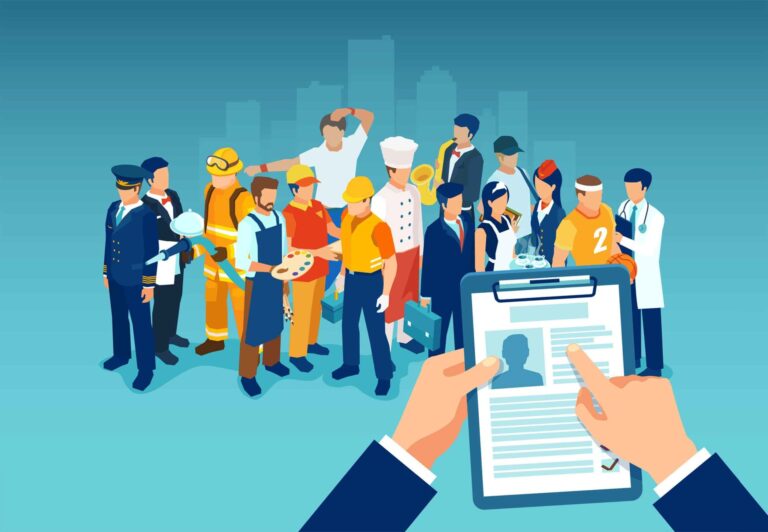A Montenegrin consultant for an international company headquartered in the Netherlands was interviewed to shine light on international communication in a business environment. The company is mainly viewed as an employment agency, but engages in European building projects as well. Despite the headquarters being located in the Netherlands, majority of the business is done abroad and internationally, with their biggest clients located in Germany. Therefore, the consultant is required to travel abroad quite often, as he is the one responsible for interacting with partners/employees from different cultural backgrounds. Since the clients the company work with in the Netherlands are usually also of different origin due to their specialties in certain industries, the languages spoken differ with each client. The main spoken languages are English, German and Dutch; however, the use of Slavic languages has increased lately.




